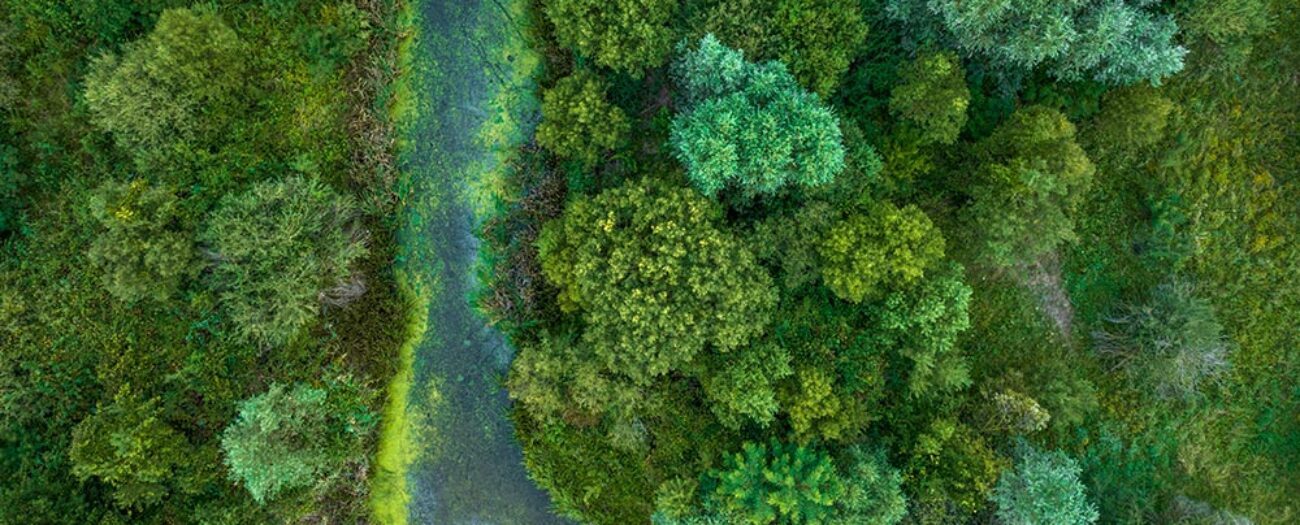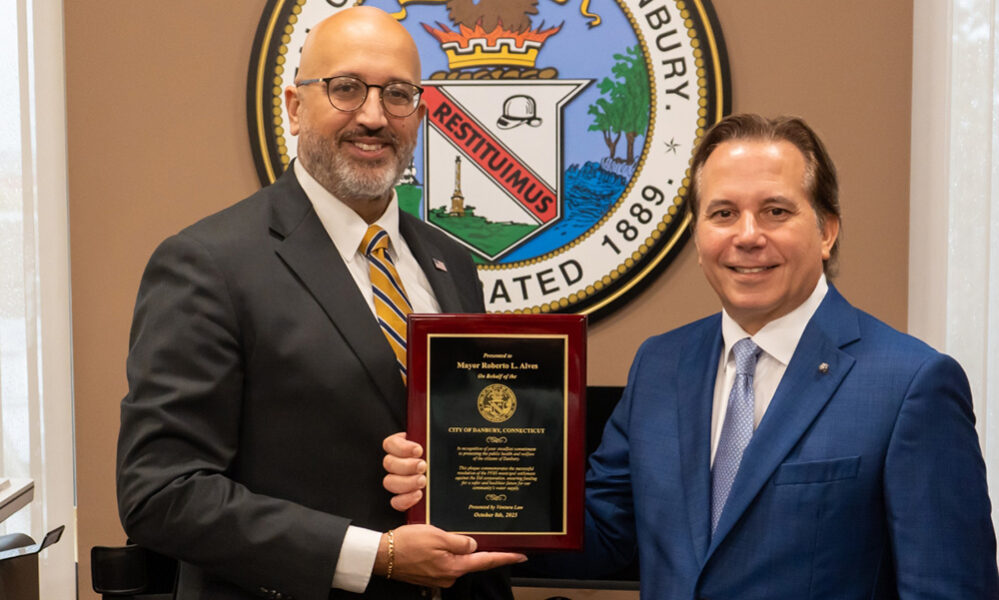ENVIRONMENT AND CLIMATE
Bottled water has become an everyday item for millions, especially in the U.S., where perceptions of purity, safety, and convenience fuel its high demand. Marketing strategies have played a major role, often portraying bottled water as sourced from pristine natural environments, appealing to health-conscious consumers. However, the growing popularity of bottled water has brought attention to the presence of microplastics—tiny plastic particles that pose health and environmental risks.
As Brian Kashman explains, these particles can originate from packaging materials or the bottling process itself. Research has shown that microplastics are alarmingly prevalent in bottled water, but the long-term health effects remain unclear. While ongoing studies aim to clarify the risks, individuals are encouraged to explore safer, more sustainable alternatives.
Why Bottled Water Remains Popular
Bottled water continues to dominate beverage sales in the U.S., with millions choosing it daily over other options. Many consumers associate it with cleanliness and safety, believing it to be more trustworthy than tap water.
Brands often highlight mountain springs or glacier sources on their labels, reinforcing the idea of purity. Combined with the convenience of a sealed, portable container, bottled water becomes a default choice for people on the go. In urban areas with questionable tap water quality, bottled water is often seen not just as a preference but as a necessity.
Despite its popularity, concerns are emerging. Environmental impact and questions about what’s actually inside the bottle—beyond just water—are prompting more scrutiny from both consumers and researchers. This scrutiny has fueled debates on sustainability and transparency within the industry.
Microplastics
Microplastics are tiny plastic particles less than five millimeters in size, often invisible to the naked eye. They are created when larger plastic items…
CURRENT EDITION
RH
WASHINGTON BUREAU
Federal Law Enforcement Officers Association Applauds Passage of Priority Police Week Bills in NDAA
The Federal Law Enforcement Officers Association (FLEOA) welcomed the inclusion of several of its top
Fed Governor Miran Says ‘Phantom Inflation’ Is Keeping Policy Too Tight, Sees Faster Drop in Shelter Costs
Federal Reserve Governor Stephen I. Miran said that key parts of current inflation readings are
University of Georgia Ecologists Identify Two New Black Bass Species: Bartram’s and Altamaha Bass

A team of ecologists from the University of Georgia has made a significant discovery, identifying two new species of black bass: Bartram’s bass and Altamaha bass. This breakthrough is detailed in a new paper, expanding the understanding of these riverine fish.
Though these species are newly described, they have been…
Innovative Living Sensor Detects Microplastics in Water Samples

Microplastics, tiny plastic particles often too small to see, have become a significant environmental concern found in our air, soil, and water. Measuring their presence is crucial for directing cleanup efforts, yet current detection methods are often slow, costly, or overly complex. In a groundbreaking study published in ACS…
Clean Power Alliance Opens Applications for $339,000 Community Benefits Grant to Support Nonprofits in Southern California’s Clean Energy Efforts

The Clean Power Alliance (CPA) announced the opening of its 2025-26 Community Benefits Grant application period. This unique program, launched in 2021 in collaboration with Calpine Community Energy, aims to support nonprofit organizations that are advancing clean energy initiatives and promoting sustainability across Southern California.
This year, CPA has earmarked…
Mendenhall Glacier’s Seasonal Flood Mitigation Efforts Yield Positive Results

Last week, Juneau faced the annual challenge of the Mendenhall Glacier’s lake outburst flood as glacial waters streamed towards the city. Thankfully, extensive preparations made by the U.S. Army Corps of Engineers (USACE) helped mitigate the potential threats to local infrastructure and public safety.
In an effort to protect the…
Nations, NGOs, and Indigenous organizations unite to end bottom trawling on seamounts by 2026, marking a major victory for deep-sea conservation
The International Union for Conservation of Nature (IUCN) has reached a defining moment in global ocean governance, as delegates at the 2025 World Conservation Congress (WCC) overwhelmingly approved a motion to phase out destructive fishing practices on seamounts by the end of 2026.
Motion 032, spearheaded by the Deep Sea Conservation Coalition (DSCC) and led by WWF Australia, calls for an end to bottom trawling on seamounts in international waters. The proposal passed with near-unanimous support — winning 95% of votes from States and government agencies and an extraordinary 99% from NGOs and Indigenous Peoples’ organizations.
“This is a tangible step toward ocean protection at a global scale,” said Bronwen Golder, Global Seamounts Campaign Director at the DSCC. “With the High Seas Treaty now ratified, 2030’s goal to protect 30% of the ocean fast approaching, and next year’s UN Bottom Fisheries Review, this is a critical moment to prioritize seamount protection worldwide.”
Seamounts — underwater mountains rising thousands of meters from the ocean floor — are among the most biodiverse ecosystems on Earth. They provide feeding grounds and habitats for deep-sea corals, sponges, whales, sharks, and turtles. Yet for decades, industrial bottom trawling has devastated these fragile ecosystems, destroying ancient…
A novel Hox gene promoter fuels the evolution of adaptive phenotypic plasticity in wing eyespots of satyrid butterflies
Researchers from the National University of Singapore (NUS) have made a groundbreaking discovery about the wing patterns of tropical butterflies, revealing a simple DNA “switch” that allows them to adjust the size of their wing eyespots in response to seasonal temperature changes. This critical finding sheds light on the evolution of environmental sensitivity in insects and could have implications for understanding adaptation in a rapidly changing climate.
Insects are known for their remarkable adaptability to their surroundings, with some species even changing their colors with the seasons. This phenomenon, known as seasonal plasticity, plays a crucial role in their survival; however, the evolutionary origins of this adaptability have remained enigmatic until now.
Led by Professor Antónia Monteiro from the NUS Department of Biological Sciences, the research team identified a specific DNA sequence that helps certain butterflies switch their wing patterns between wet and dry seasons. The study, published in the journal Nature Ecology & Evolution on October 24, 2025, focuses on the African butterfly species Bicyclus anynana, which exhibits strikingly different appearances depending on the season.
During the wet season, these butterflies develop larger eyespots on their wings, while in the dry season, their eyespots are…
U.S. Department of Energy Report Challenges Conventional Climate Change Narratives

In a striking new report, the U.S. Department of Energy (DOE) has evaluated existing literature and data on the impact of Greenhouse Gas (GHG) emissions on climate change, positing that the economic damages from CO2-induced warming may be less severe than widely believed. The report, titled *A Critical…
Global Leaders Fail to Enact Deep-Sea Mining Moratorium at ISA Assembly

Weeks after government leaders pledged to take significant action for ocean protection at the UN Ocean Conference in Nice in June 2025, the International Seabed Authority (ISA) Council and Assembly concluded without a moratorium on deep-sea mining. This has resulted in a growing discrepancy between promised environmental stewardship and…
Declining Aerosol Levels Linked to Increase in Urban Heatwaves, Study Warns

Recent research from The University of Texas at Austin reveals alarming findings about the impact of declining aerosol levels on heatwave occurrences in populated regions. As heatwaves become more frequent worldwide, this study—published in Environmental Research Letters—highlights how reducing aerosols, which contribute to air pollution, may be exacerbating…
Global Call for Moratorium on Deep-Sea Mining to Protect Ocean Ecosystems and Future Generations

The Deep Sea Conservation Coalition (DSCC) is calling for the international community to urgently establish a moratorium on destructive deep-sea mining to prevent irreversible harm to ocean ecosystems and protect the rights of current and future generations.
Over the next three weeks, States will convene in Kingston, Jamaica, for…
Kunming Biodiversity Fund endorses first full-size projects to support global action on biodiversity
By Nicole Choquette / Assistant Managing EditorIn a significant move towards global biodiversity conservation, the Kunming Biodiversity Fund (KBF) announced the endorsement of 22 projects, marking its first full suite of initiatives to support 34 countries across diverse ecosystems and regions. This initiative is designed to help nations fulfill their commitments under the Kunming-Montreal Global Biodiversity Framework (KMGBF).
Launched in May 2024, the KBF has quickly evolved into a comprehensive fund dedicated to accelerating the implementation of the KMGBF. The Fund’s approach emphasizes the necessity of a whole-of-society strategy to combat nature and biodiversity loss. Its priorities include enhancing biodiversity policies at national and subnational levels, strengthening cooperation and capacity-building, and mobilizing additional resources.
Huang Runqiu, the Minister of the Ministry of Ecology and Environment of the People’s Republic of China, stated, “China has consistently advanced the global biodiversity conservation agenda with the strongest determination and most proactive approach. The Kunming Biodiversity Fund should adhere to the principles of international operation and multilateralism, uphold fairness, openness, and transparency. We will strengthen the supervision and management of project implementation, continuously monitoring progress and evaluating the effectiveness of approved projects.”
The urgency of these efforts is underscored by alarming data from the Intergovernmental Science-Policy Platform on Biodiversity and Ecosystem Services (IPBES), which reports that one million species are at risk of extinction primarily due to human activities. The detrimental alterations to ecosystems—three-quarters of terrestrial environments and two-thirds of marine habitats—have raised concerns about the impact on economies, livelihoods, food security, and public health. The KMGBF serves as a vital roadmap for reversing this trend.
Inger…
Bodybuilding in Ancient Times: How the Sea Anemone Got Its Back

A new study from the University of Vienna reveals that sea anemones use a molecular mechanism known from bilaterian animals to form their back-to-belly body axis. This mechanism (“BMP shuttling”) enables cells to organize themselves during development by interpreting signaling gradients. The findings, published in Science Advances, suggest that…
In Memoriam: Kristina Washer, 30, Environmental Science Pioneer and Advocate for Planetary Health

The environmental science community mourns the loss of Kristina Comley Washer, a gifted and compassionate environmental scientist whose life was tragically cut short by Acute Myeloid Leukemia (AML) on June 9, 2025. She was 30 years old.
Kristina was more than a scholar—she was a force for change. A master’s…
New Study Reveals Alarming Rise in Methane Emissions Linked to Arctic Warming

A groundbreaking study published in the prestigious journal Nature highlights the escalating methane emissions from the Arctic, underscoring a troubling feedback loop that may further exacerbate climate change. Researchers from the University of Colorado Boulder’s Cooperative Institute for Research in Environmental Sciences (CIRES) reported significant findings that reveal the…
Working together to protect residents, Ventura Law and the City of Danbury achieved a significant PFAS settlement that ensures cleaner water and a healthier future for their community
The City of Danbury is set to receive a nearly $3.5 million settlement as part of a nationwide legal agreement aimed at addressing contamination of public water supplies by PFAS, commonly referred to as “forever chemicals.” This significant settlement is part of multibillion-dollar deals reached with major corporations, including 3M, DuPont, Chemours, and Corteva, which have been producing these harmful substances for decades.
PFAS, or per- and polyfluoroalkyl substances, have been widely used since the 1940s in various products such as firefighting foam, nonstick cookware, and waterproof fabrics. Known for their persistence in the environment, these chemicals are associated with serious health risks, including cancer and immune system disorders.
Danbury Mayor Roberto Alves expressed relief and determination in the face of this settlement: “The settlement awards achieved through this national litigation ensure that polluters, not taxpayers, bear the costs of cleanup and remediation.” The City has already received approximately 65% of its settlement, with additional funds expected over the next four years.
In the broader context, 3M has agreed to pay up to $12.5 billion in these settlements, while DuPont, Chemours, and Corteva have collectively decided to pay up to $1.19 billion. The funds from these settlements are being allocated to public…
EDITOR'S
CHOICE
The Rise of Green Careers: How Every Industry Is Now Part of the Sustainability Economy
Climate Change Increases Severity of Obstructive Sleep Apnea

Rising temperatures increase the severity of obstructive sleep apnea (OSA), according to a large new study published at the ATS 2025 International Conference. The study also found that, under the most likely climate change scenarios, the societal burden of OSA is expected to double in most countries over…
U.S. Department of Energy Halts Fossil Fuel Ban for Federal Buildings

The Department of Energy announced it has delayed the compliance date for new provisions regarding Clean Energy for New Federal Buildings and Major Renovations of Federal Buildings (CER). This action delays the restrictive standards imposed by the previous administration to limit the use of affordable, reliable energy sources, such…
Panama Takes Aim at ‘Invisible’ Owners in Fight Against Illegal Fishing

The Government of Panama today strengthened its commitment to a transparent and sustainable ocean future by announcing new efforts to tackle illegal, unreported and unregulated fishing (IUU).
The announcement, made at Our Ocean Conference, in Busan, Republic of Korea, spotlights Panama’s ambitions to establish clearer and more accessible vessel…













